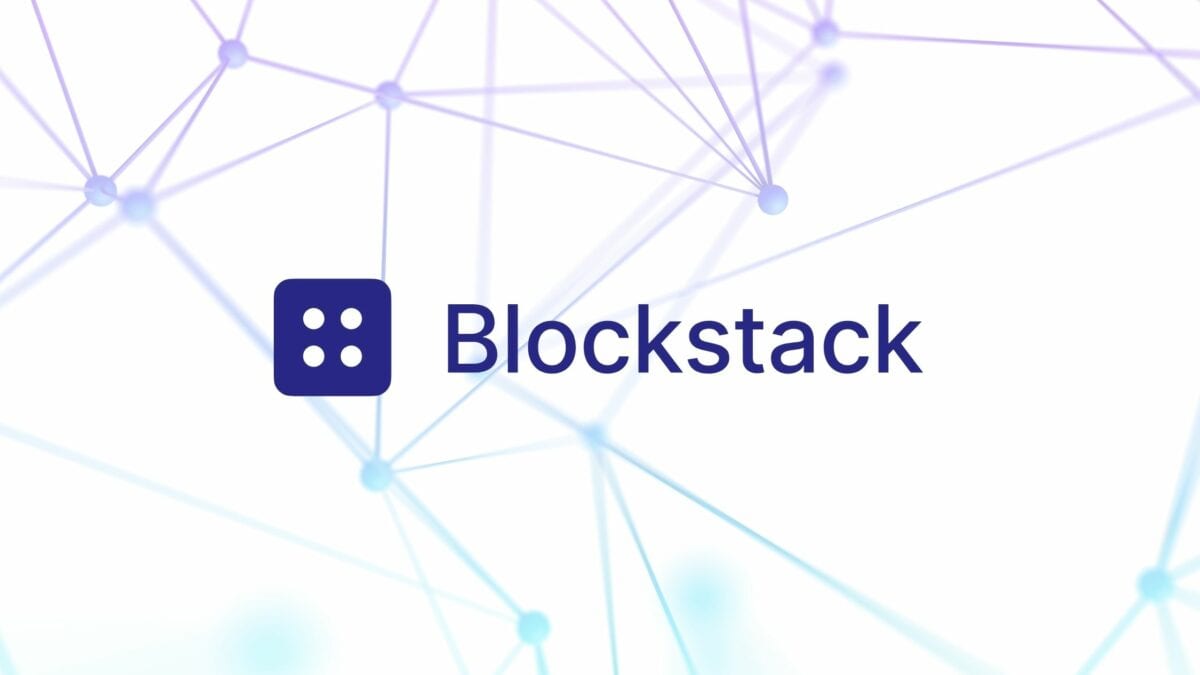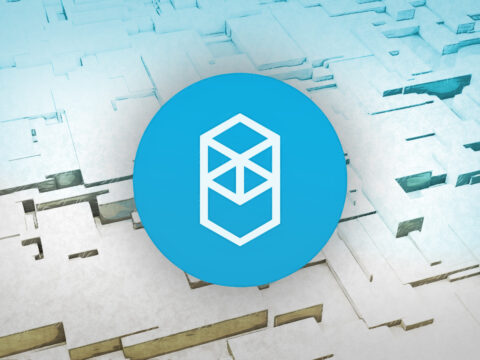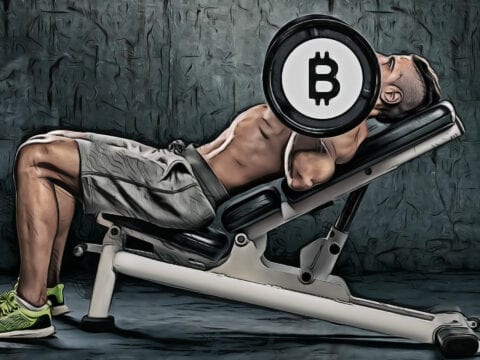
Blockstack was developed with the goal of boosting Bitcoin’s ability to integrate and be used with newer technologies. With the idea of using smart contract technology, the token allows users to perform their transactions in a much faster manner than by directly using Bitcoin.
The first Blockstack platform was introduced in 2015, and after several fundraising rounds were successfully completed, the company announced the newest upgrade of Blockstack 2.0 in October 2020. Since its beginning, the platform has enjoyed the support and continues to see new advancements.
What Is Blockstack?
Blockstack is a blockchain platform aimed to extend Bitcoin’s usability and accessibility for internet users everywhere. It uses novel ideas to integrate smart contract technology and allows users to make transactions much faster than using Bitcoin directly.
It is also the only platform that has been able to harness Bitcoin’s power and apply it to enhance crypto processing and security without generating an abundant PoW (Proof of Work) footprint on the Bitcoin blockchain.
Blockstack Native Stacks Token (STX)
STX token is the native Stacks token, and its main function is to pay new asset registration fees and track the processing status for payments on the platform.
The token has a significant role in Blockstacks 2.0, and so the STX token has both real-world use and an inherent value. It also plays a role in the function of smart contracts on the platform and is used to reward Blockstacks miners.
Blockstack Proof-of-Transfer
Proof-of-Transfer in the Blockstacks ecosystem is called PoX.
The STX token was one of the SEC qualified token sales in US history. This level of transparency and cooperation with the US government has helped the platform to attract both developers and capital.
Blockstack Has Deep Roots in Decentralized Development
Blockstack was originally founded back in 2013 by Muneeb Ali and Ryan Shea with the target of finding solutions for underlying web and mobile apps issues. In 2014, the company launched a decentralized identity system and then introduced the first Blockstack platform in 2015.
After that, the team successfully completed several fundraising rounds and paved the way for a regulated token presale to hit markets in the near future. In October 2020, the company announced the newest upgrade to Blockstack 2.0, slated to be live in late 2020 or early 2021, while the 3rd version is already outlined in the upgrade plan.
According to the Stacks Token Economics Whitepaper v2.0, the Stack mainnet is scheduled to launch on the 14th January 2021, integrating the new smart contract language called Clarity along with tons of other functionality updates.
Up to this point, there are over 400 Blockstack applications published with more than 2 million registered users worldwide. With the Stacks 2.0 update coming, there is a good chance that development on the platform will amp up in 2021.
What Is STX Token?
STX is the native Stacks token, previously used to pay new asset registration fees and track their processing status. As a part of Stacks 2.0, STX will become the fuel for running the new smart contract platform, Clarity, and will also be used to pay miners rewards.
STX was launched in 2017, and since then, the token has become one of Blockstack’s most significant components. In 2019, the company released its report about STX distribution for the Genesis Block platform, which amounted to 1.32 billion tokens.
By 2050, there will be 1.95 billion tokens more, and 790 million will be added due to mining, making up a total sum of roughly 4 billion tokens.
It is estimated that the blockchain will process more than 4,300 blocks per month, and the mint issuance will decrease every year.
What is the Purpose of Blockstack?
The token allows users to spend tokens for various actions they need to perform on the Blockstacks platform. These include processing transactions, digital asset registration, operating as a trusted app chain, and execution for smart contracts.
The token was developed based on the philosophy that users should be provided the ability to possess and control their own data on the internet. The STX token was developed in an ecosystem where all decentralized applications can work together to advance these goals.
STX is used as fuel that is consumed by users’ activity. Additionally, the token can be locked by holders via “stacking” to receive Bitcoin rewards for contributing to consensus. This is similar to the rewards that stakers earn in a Proof-of-Stake (PoS) blockchain.
How Does Blockstack Work?
In essence, Blockstack was designed to make Bitcoin more usable and bring Bitcoin’s utility in-line with platforms like Ethereum.
The sale of Stacks tokens was developed in compliance with Anti-Money Laundering (AML) laws and Know Your Customer (KYC) regulations; therefore, the token is totally compliant with US SEC regulations.
Blockstack users initially have two ways to participate in the Blockstack 2.0 ecosystem. The first one is to participate in the STX mining group, where new STX blocks are created and added to the mainnet. STX Miners will receive STX tokens as a reward for minting new Stack blocks.
The second way is called “Stacking.” This rewards stackers with BTC for staking STX tokens. This is more or less the same way that staking systems work on other blockchains.
Anytime a new STX is created successfully on the Stack chain, every single Stacker involved will receive a BTC reward for their added contribution.
In addition, the STX token is also used for the next generation of smart contracts on the Stackchain platform. Clarity, a new smart contract language and a product of Blockstack, will use the STX token in a similar way to other modern tokens that feature smart contract technology.
How Blockstack Will Change the Stacking SATS Game
Giant companies dominate the world, and the internet is no exception.
These companies build up empires and profit from databases of hundreds of millions of users all around the planet. On the other hand, anyone who uses these massive data structures barely gets any rewards for their effort and contribution to the global data sphere.
The situation is the same everywhere, from social networks to eCommerce marketplaces and even many blockchain platforms. Power is centralized, and few people can make a difference from within the system.
This dynamic is what Blockstack aims to break down.
New Opportunities for Everyone
With Blockstack, the Stackers will own their data and protect their own privacy while still generating and earning crypto revenue. The new Blockstack version will give power back to users and also offer income incentives to anyone on the platform.
How is the shift to greater online autonomy possible?
The answer is the core technology Blockstack uses to empower its mainnet called PoX (Proof of Transfer).
It was invented as an upgrade of the original Bitcoin’s PoW (Proof of Work) to provide a consensus mechanism to replace current old-fashioned methods, like crypto burning or mining.
PoW is designed to create new blocks on the blockchain. This is how Bitcoin’s blockchain maintains its security and grow.
What makes PoW unique is the capability to transfer in a community empowered by the consensus mechanism.
Thanks to that, users can receive incentives or rewards in Bitcoin for their contribution to the community, from initial participation to raising developer funds and so on. There are no other consensus reward programs existent in the virtual environment. Blockstack is an innovator in this regard.
Making a Community Profitable
Blockstack members have two ways to take part in PoX in the Blockstack 2.0 ecosystem. One way is to join the STX mining group, where new STX blocks are minted and added to the mainnet. STX Miners receive new STX tokens and receive them as rewards for creating new Stack blocks.
The other way is Stacking, also known as earning Bitcoin when Staking STX. This way of earning via the consensus process in which everyone can benefit from staked STX.
Anytime new STX is successfully minted on the Stack chain, every Stacker involved will get a BTC reward for their added value. The reward level is determined by the miners and is relevant to users’ contributions. Tangible, monetized incentives are distributed to recognize users’ contributions and will likely help the platform grow.
Smart Contract Functionality
In addition to PoX, the STX token is used in the next generation of smart contracts on the Stack chain.
Clarity, the new smart contract language, is the product of Blockstack and Algorand, an innovative open source project. Clarity is written for users to operate independently and designed to empower anyone who wants to use the new contract language.
Clarity smart contracts provide users with comprehensible and trackable protection for their transactions and offer excellent data protection. The system that Blockstack has created has blue sky potential and will probably attract investors that want to generate higher yields.
A Bright Future for Stacking STX
The launch of Blockstack 2.0 appears to be very popular among crypto investors. The company remains well funded. Its token sale will probably attract many people who couldn’t participate in the private funding rounds.
Not only has the platform attracted loads of investors, but there is also a healthy existing development environment for its technology. With the advent of the new features offered by Blockstack 2.0, these trends will likely be boosted, as the platform provides some of the most popular tools to a broader audience.





